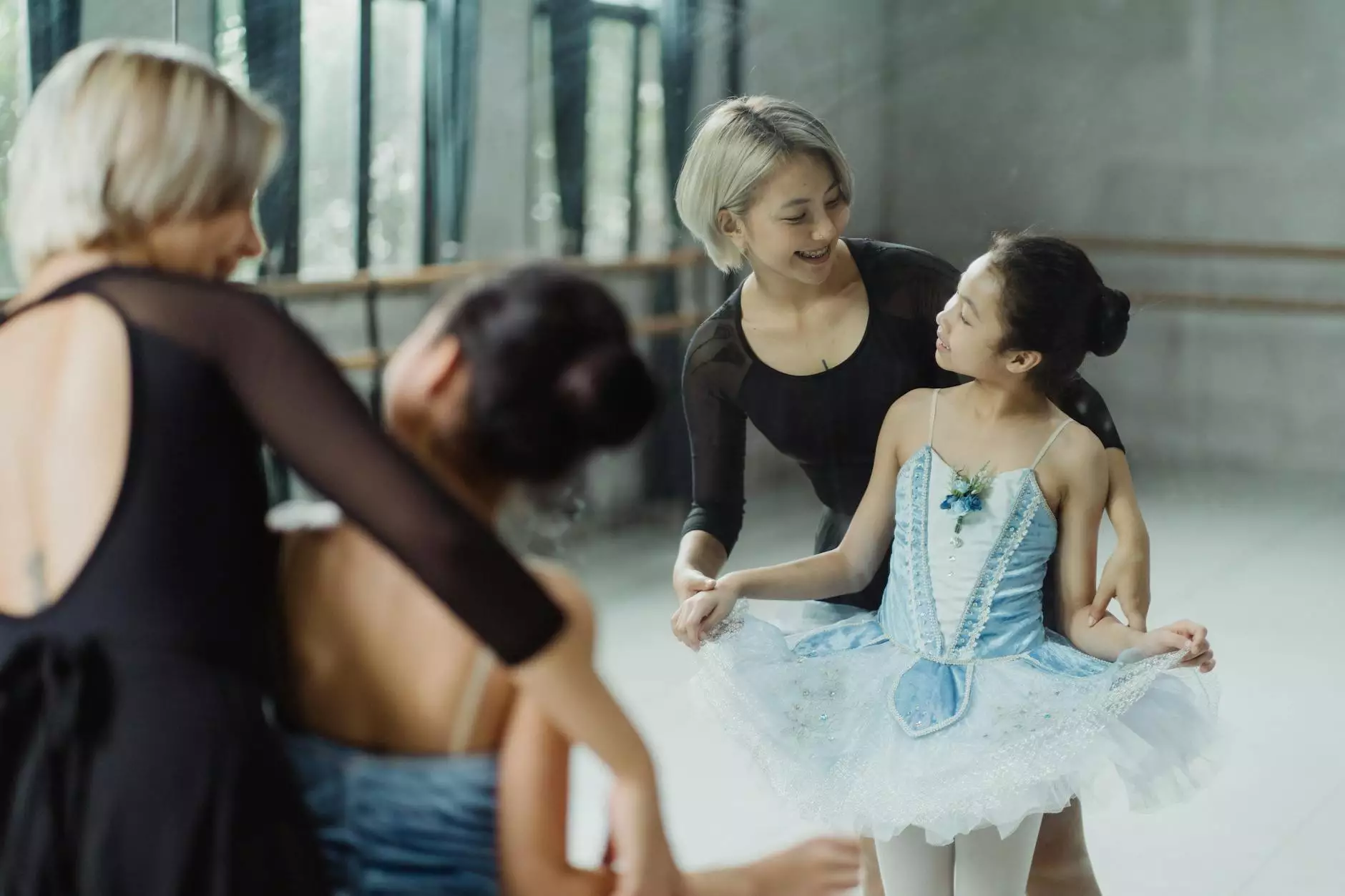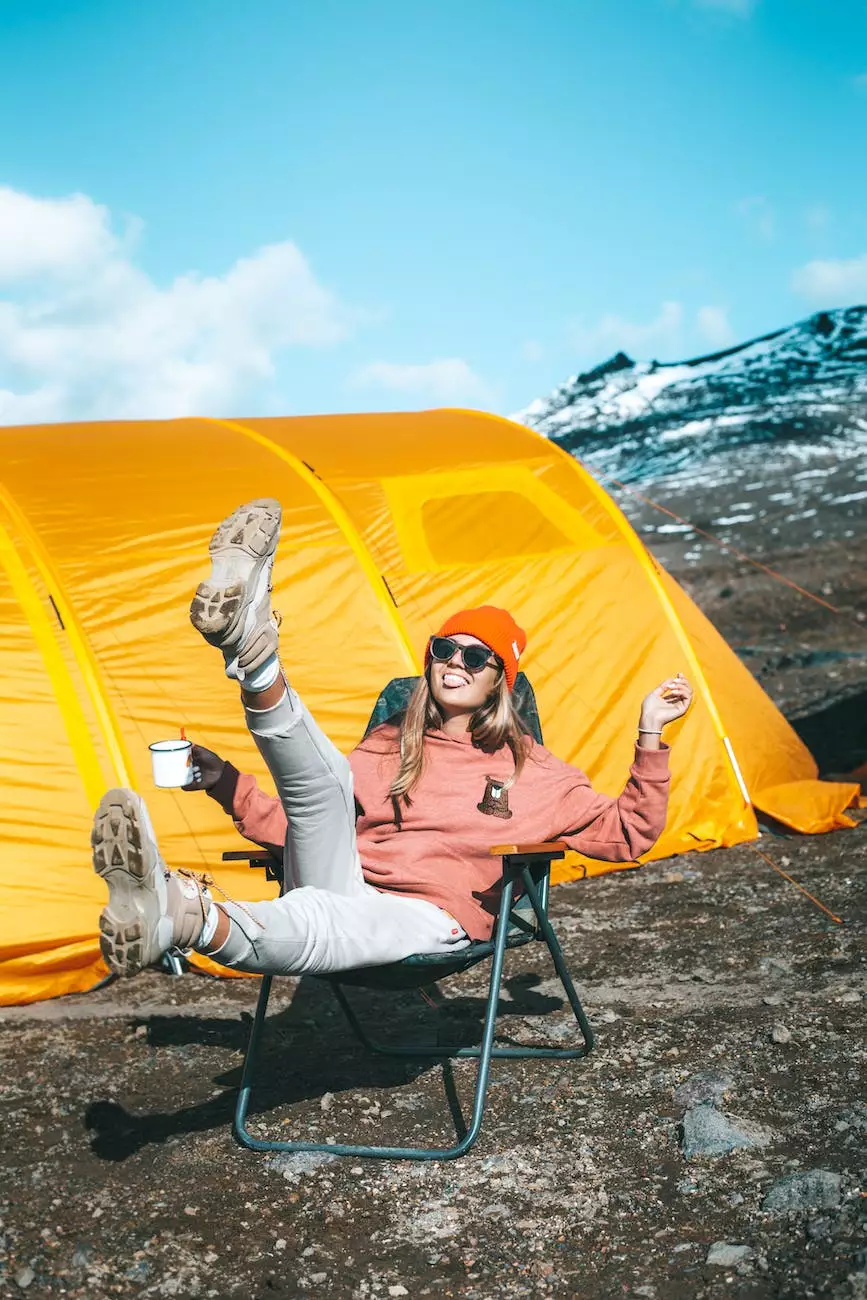At-Home Studio Resources

Introduction
Welcome to The Knowledge Nest's At-Home Studio Resources page. Whether you're an artist, musician, or content creator, having a dedicated studio space at home can greatly enhance your creative endeavors. In this comprehensive guide, we provide you with expert advice, tips, and resources to help you set up and optimize your own at-home studio.
Creating an Ideal Studio Environment
Designing an ideal studio environment is crucial for maximizing your creative output. Here are some key factors to consider:
1. Space and Layout
First and foremost, assess the available space in your home to determine the best location for your studio. Consider factors such as natural light, noise levels, and accessibility. Additionally, plan the layout of your studio to ensure efficiency and functionality. Organize your equipment and supplies in a way that facilitates smooth workflows.
2. Acoustic Treatment
For musicians and podcasters, proper acoustic treatment is essential to achieve high-quality sound recordings. Invest in acoustic panels, bass traps, and diffusers to optimize the sound within your studio. Understanding the science behind acoustics will help you create a space that minimizes unwanted echoes and reverberations.
3. Lighting
Good lighting is crucial for artists and photographers. Natural light is often preferred, but you may also need to incorporate artificial lighting options such as studio lights or lightboxes. Experiment with different lighting setups to find the optimal configuration for your specific needs.
4. Ergonomics
Ensure your studio setup promotes good ergonomics to prevent discomfort or injuries during long creative sessions. Invest in an adjustable chair, ergonomic keyboard and mouse, and proper desk height. Take breaks and incorporate stretching exercises to maintain a healthy posture.
Essential Equipment and Tools
To create a fully functional at-home studio, you'll need a range of equipment and tools specific to your artistic discipline. Here are some common essentials:
1. Artists:
- Easel
- Variety of paintbrushes
- Palette
- Canvas or paper
- Quality paints
- Palette knives
2. Musicians:
- High-quality instrument
- Microphones
- Audio interface
- Studio monitors
- Headphones
- MIDI keyboard or controller
3. Content Creators:
- High-resolution camera
- Microphones for voiceovers
- Green screen or backdrop
- Video editing software
- Tripod or stabilizer
- Lighting equipment
Optimizing Your Workflow
A streamlined workflow can significantly boost your productivity in the studio. Here are some tips to optimize your creative process:
1. Organization is Key
Keep your studio neatly organized to eliminate distractions and save time. Use labeled storage solutions for art supplies, cable management systems for audio equipment, and folder structures for digital files. By always knowing where everything is, you can focus more on your creative work.
2. Time Management
Set aside dedicated time for your creative pursuits. Establish a schedule that includes specific times for brainstorming, sketching, recording, or editing. Avoid procrastination by setting realistic deadlines and breaking your tasks into manageable chunks.
3. Automation and Templates
Take advantage of technology to automate repetitive tasks and create templates. Artists can use digital brushes and custom presets, musicians can create reusable templates in their production software, and content creators can utilize pre-designed graphics and video effects. This allows you to focus on the creative aspects rather than spending unnecessary time on repetitive tasks.
Expanding Your Knowledge
Continuously expanding your knowledge and skills is crucial for personal and professional growth. Here are some resources to help you in your creative journey:
1. Online Courses and Tutorials
Explore online platforms that offer courses and tutorials specific to your artistic field. Websites such as Udemy, Coursera, and Skillshare provide a wide range of classes taught by industry professionals. Take advantage of these resources to enhance your technical skills and gain valuable insights.
2. Creative Communities and Forums
Join online communities and forums dedicated to your creative niche. Engage in discussions, share your work, and seek feedback from fellow artists, musicians, or content creators. Not only will you gain new perspectives, but you'll also find support and inspiration within these communities.
3. Books and Publications
Read books and publications related to your creative field. Whether it's art history, music theory, or photography techniques, immersing yourself in literature can broaden your understanding and inspire new ideas. Visit your local library or browse online bookstores for resources that align with your interests.
Conclusion
With the right resources and a well-designed at-home studio, you can unlock your full creative potential. Remember to continually refine your space, upgrade your equipment, and seek new knowledge. Embrace the journey and let your artistic vision flourish in your very own at-home studio.










